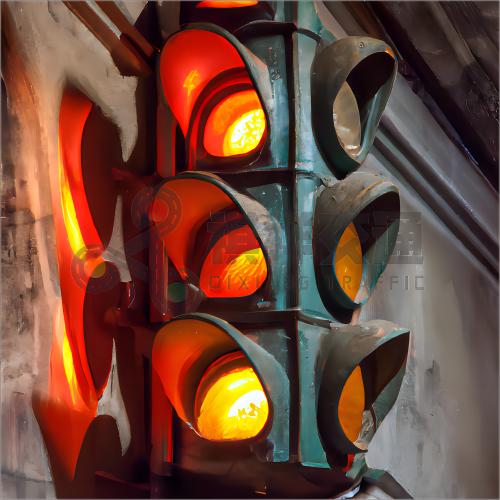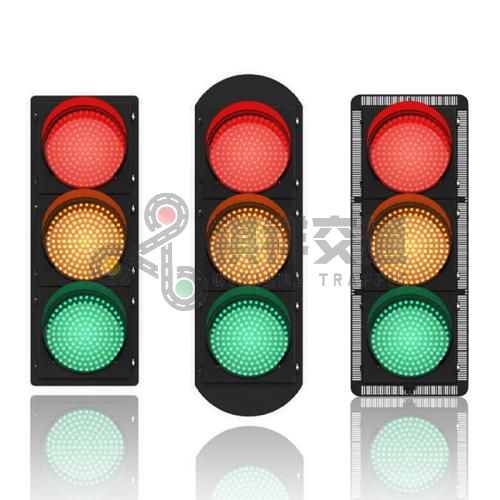Traffic lights have become an integral part of our everyday lives, but have you ever wondered about their interesting history? From humble beginnings to sophisticated modern designs, traffic lights have come a long way. Join us as we embark on a fascinating journey into the origin and evolution of these indispensable traffic control devices.
Introduction to traffic light
Traffic lights are generally composed of red lights (expressing prohibition of passage), green lights (expressing permission of passage), and yellow lights (expressing warning). According to its form and purpose, it is divided into motor vehicle signal lights, non-motor vehicle signal lights, crosswalk signal lights, lane signal lights, direction indicator lights, flashing warning lights, road and railway crossing signal lights, etc.
1. Humble beginnings
The concept of traffic control dates back to ancient civilizations. In ancient Rome, military officers used hand gestures to regulate the flow of horse-drawn chariots. However, it wasn’t until the end of the 19th century that the world’s first electric traffic lights came out. The device was developed by US policeman Lester Wire and installed in Cleveland, Ohio in 1914. It consists of a traffic light configuration and a manually operated “STOP” sign. The system has significantly improved road safety, prompting other cities to adopt similar designs.
2. The dawn of automatic signals
As cars became more common, engineers recognized the need for more efficient traffic control systems. In 1920, Detroit police officer William Potts designed the first three-color traffic light. This innovation reduces driver confusion by introducing amber as a warning signal. Automatic signal lights were initially equipped with bells to alert pedestrians. However, by 1930, the three-color system we are familiar with today (comprising red, yellow, and green lights) was standardized and implemented in many cities around the world. These traffic lights become iconic symbols, guiding vehicles and pedestrians effortlessly.
3. Modern progress and innovation
Traffic lights have seen significant advancements in recent years, improving safety and traffic flow. Modern traffic lights are equipped with sensors that detect the presence of vehicles, allowing for more efficient management of intersections. Additionally, some cities have introduced synchronized traffic light systems, reducing congestion and minimizing travel time. In addition, some traffic lights are equipped with LED technology, which improves visibility, saves energy, and reduces maintenance costs. These developments are paving the way for intelligent traffic management systems that combine artificial intelligence and real-time data analysis to optimize traffic flow and increase overall transport efficiency.
Conclusion
From the basic hand signals of ancient Rome to today’s sophisticated intelligent traffic control systems, traffic lights have always been the basis for maintaining order on the road. As cities continue to expand and transportation evolves, traffic lights will undoubtedly play an important role in ensuring safe and efficient commutes for generations to come.
Qixiang, a traffic light manufacturer, has a lot of research in LED technology. The engineers have been committed to exploring the long life of LED traffic lights for many years, and have rich manufacturing experience. If you are interested in traffic light, welcome to contact us to read more.
Post time: Aug-08-2023








